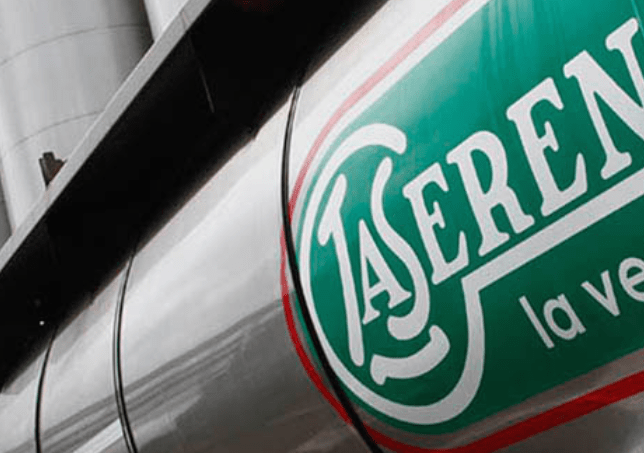In the short term, there’s still a little upside potential through the normal seasonal bid for product, end-users look to book for the coming year and USDA’s food box program goes into a third round, said Mike North, president of Commodity Risk Management Group.
The real danger is in what the demand will be as the country moves through the last bids of the food box program and the general election, he said during a webinar hosted by Dairy Herd Management and “U.S. Farm Report.”
What kind of new buyer is going to pick up where government purchases leave off, what will happen with milk production and where will end-users be as they try to “wrap their brains” around what demand is going to look like are some of the unknowns, he said.
This time of year, families are typically preparing for gatherings and events, college kids are back in school eating a lot of pizza, football games are fueling dairy sales and schools are moving a lot of product through school lunches, he said.
But nobody knows what that looks like this year, he said.
“We really can’t, you know, predict what demand is going to be, but these prices have brought on extra milk production,” he said.
“The risk lives out there for sure. And so we could see a little bit upside, but … there could be a lot more downside as we enter 2021,” he said.
Another uncertainty lies in retailers going back to just-in-time inventory systems, Matt Gould, chief economist with Rice Dairy, said.
“Retailers have had a really hard time forecasting their own sales and as a consequence they’ve had to bulk up on their own inventories to make sure that they don’t have a shortage,” he said.
So the country is holding a lot more inventory, which in some respects does help soften the blow of lost demand such as butter sales in sit-in restaurants, he said.
“It has been short-term positive for the markets. I think the hangover on the backside is what we all fear,” North said.
As things normalize, with more eating at home and a little less foodservice business than before the pandemic and a little different approach to eating out via delivery mechanisms, retailers and foodservice groups are going to align themselves with those trends, he said.
As retailers peel back some of that inventory, trends normalize and government buying goes away, that’s where the risk lies, he said.
As for the risks associated with another coronavirus outbreak, the industry has retooled to service retail demand. At the same time, customers have gotten a lot better at adjusting to this new world with delivery and pickup at just about every restaurant, Gould said.
“So if we do go through another shutdown because of coronavirus, it won’t be as severe as it was the first time around,” he said.












